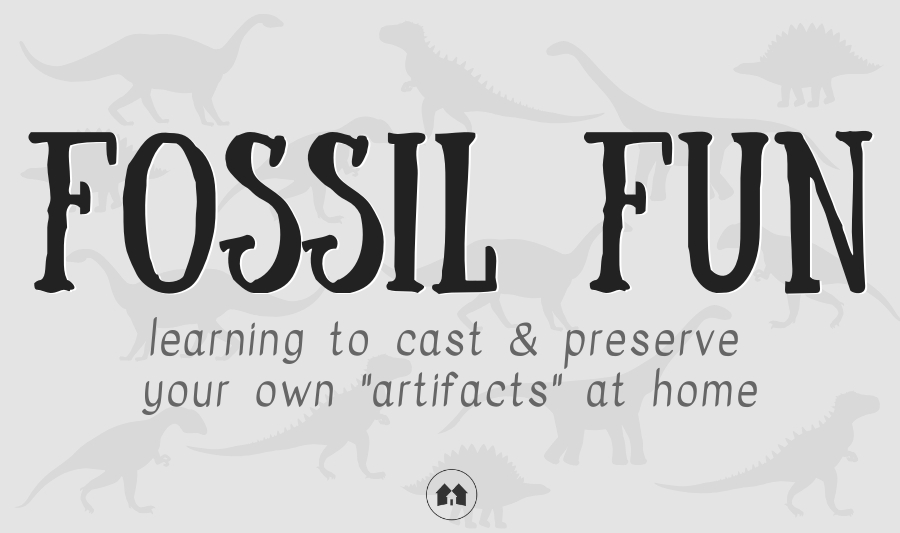I have a bit of a rock addiction.
I’ve always loved sifting through rocks, admiring each peculiar piece and saving the ones that piqued my interest. Naturally, my children have picked up the craze. Finding one with a fossil embedded inside is particularly fun. They are relics of the past, preserved proof of an organism’s existence—perhaps God’s reminder that I, too, am just a speck in the universe for the briefest moment in time.
Next Tuesday, October 17, is National Fossil Day, an occasion to highlight paleontology and the educational value it brings to the scientific community.
Recently, I was privileged to hear David Stair share about a research project in dinosaur excavation and taphonomy, currently underway at Southwestern Adventist University, a private Christian university in Texas. Each year, SWAU invites interested individuals, students, and teachers to Eastern Wyoming, where they can actually join in on a dig at the privately-owned Hanson Ranch in Eastern Wyoming, where the university has exclusive rights to excavate specimens. The owners of the ranch are believers, and want the bones discovered at there to be shared by creationist scientists who share their view on evolutionary theory. The university says “the most important goal is to provide an educational experience for students, teachers, and other interested people who feel comfortable with a Christian lifestyle and are open to considering ideas of origins other than the traditional evolutionary paradigm.” Attendees can even earn college credit and continuing education units while they’re at it!
The Hanson Ranch excavation has yielded so many fossils—I believe it’s upwards of 40,000 so far—that SWAU has opened its own dinosaur museum and also maintains an online catalog of all the bones found there. Some of their discoveries have been so rare that National Geographic has come to them to make documentaries and write articles. What an amazing opportunity this university has to bring glory to God with these specimens, shedding light in an area of science where evolutionary mindsets are the norm.
Even if you don’t have the means to travel to Wyoming or participate in the excavation project, you can study fossils on your own. A Reason For Science has a quick, fun way to create a “fossil” in Level C, Lesson 26. Using just a handful of easily-obtained materials, you and your children can make several fossils of your own.
You will need:
- A bone-shaped dog treat (like Milk Bone or similar)
- paper cups
- Plaster of Paris
- craft sticks (or something to stir up your plaster)
- clay
- petroleum jelly
- water
Explain to your children that a fossil is the preserved evidence of an ancient living organism (or in some cases, the only remaining proof that it once existed).
Now you are ready to make your fossil. Press the clay into the bottom of a paper cup; if you want to let your kids make multiple fossils, make more than one cup. You want to be able to peel each cup away when you are finished. Next, lather up the bone-shaped dog treat with petroleum jelly (this makes it easy to remove from the clay). Gently push the bone into the clay in each cup, then lift it back out. 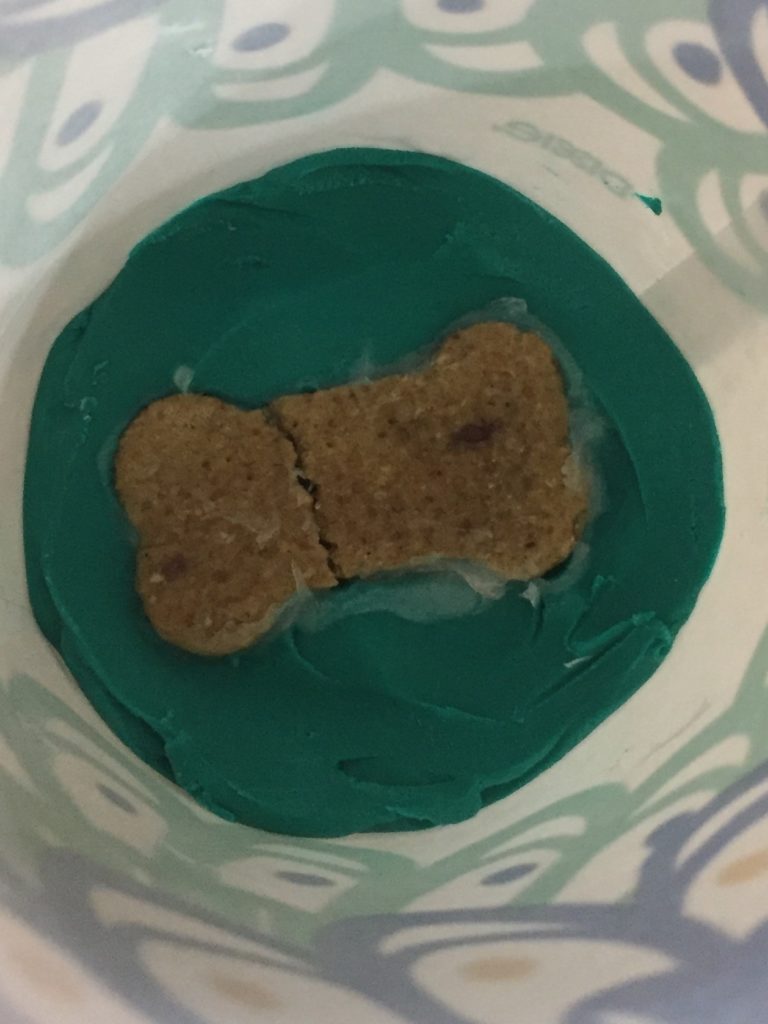
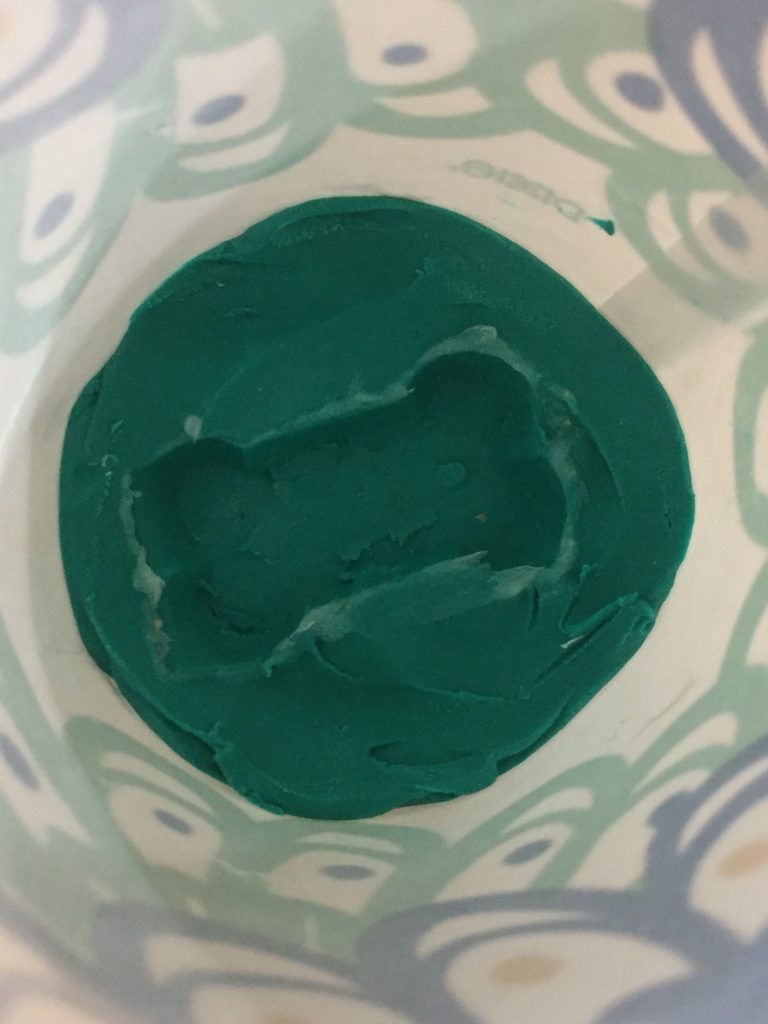 Congratulations, you have made a mold fossil!
Congratulations, you have made a mold fossil!
We also chose to make a cast of a shell, in addition to using dog treat bones.
NOTE: An adult would be best suited to this next step. Take ½ cup of Plaster of Paris and carefully mix in just under ½ cup of water. (Take care not to inhale the dust from this step.) Pour it into your paper cups, filling in the mold and continuing up over the top of it at least a good inch or so.  Set the cups somewhere to dry overnight.
Set the cups somewhere to dry overnight.
The next morning when the plaster is dry, peel back the paper cup and carefully pry off the clay. You now have a cast fossil of the items you pressed into the clay!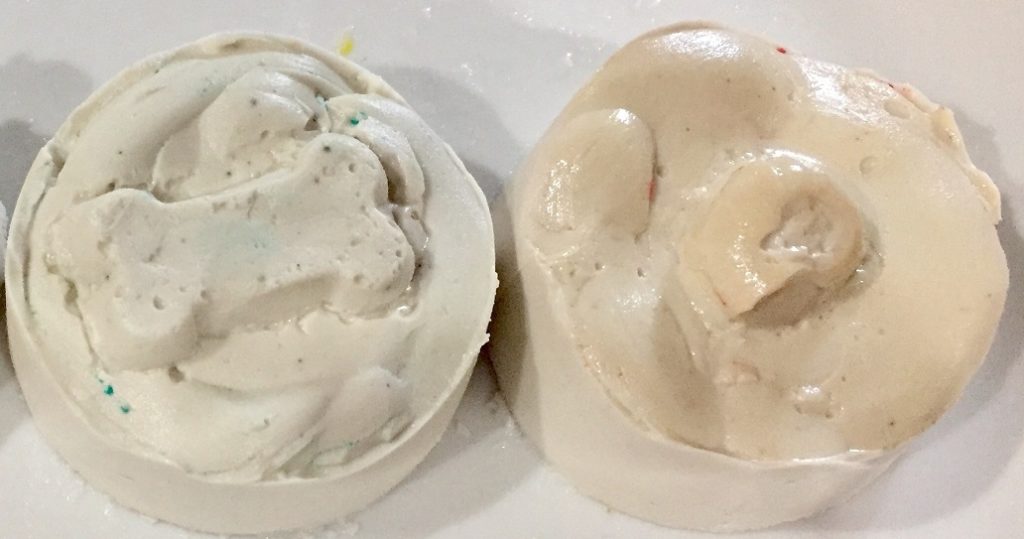
Your children can now examine the fossil, and jot down what they’ve learned about the process and the finished product in their science journals. You might have them look at original bone (or shell) side-by-side with the cast fossil, to compare the two.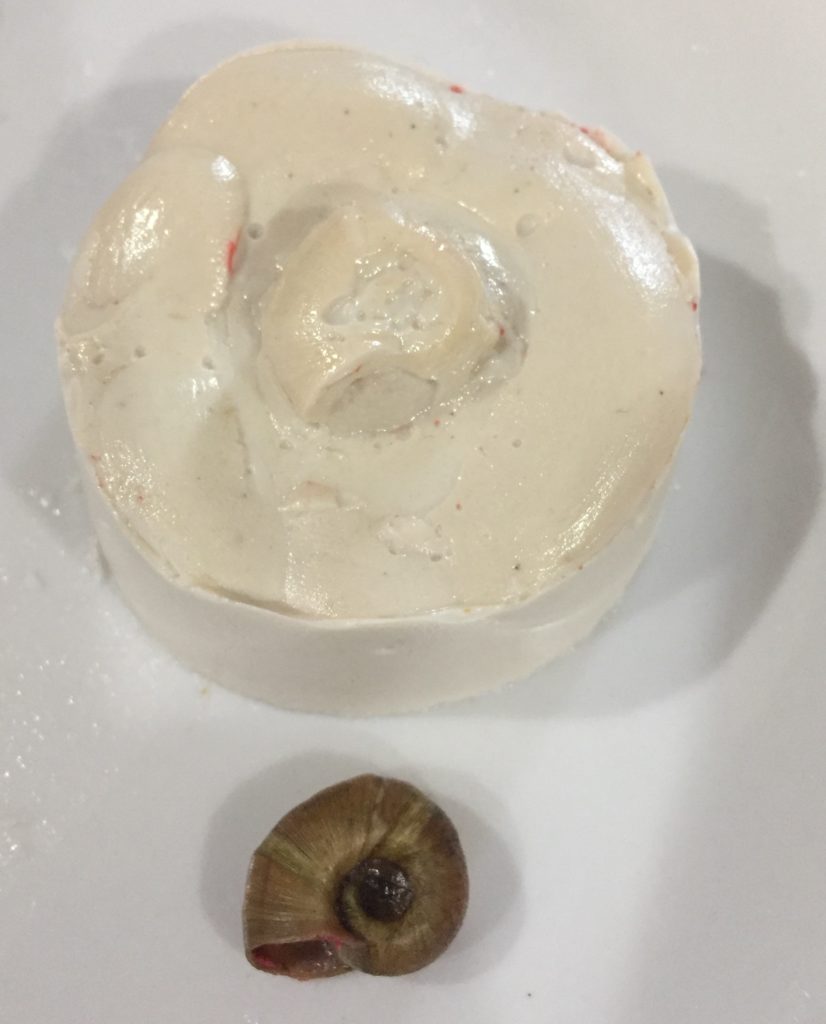 If you have lots of Plaster of Paris left, the sky is the limit to what you can cast together! Maybe their hand or foot prints would be fun. Once a cast is dry, it can even be painted.
If you have lots of Plaster of Paris left, the sky is the limit to what you can cast together! Maybe their hand or foot prints would be fun. Once a cast is dry, it can even be painted.
Like all of the products from our sponsor, A Reason For Science always wraps up each lesson with a biblical tie-in. See if you and your kids can brainstorm a scripture analogy to go along with casting fossils. God’s lessons for us are the most valuable thing you can take away from any science project.
Have a house full of science lovers?
Visit our Science category for experiments
and LOTS more!
